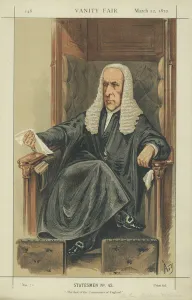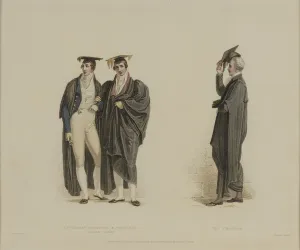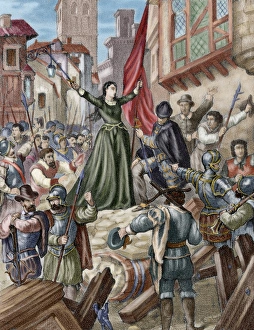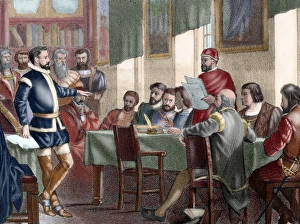Commoners Collection
In the tumultuous era of the 16th century, Spain witnessed a fierce struggle for power and representation
All Professionally Made to Order for Quick Shipping
In the tumultuous era of the 16th century, Spain witnessed a fierce struggle for power and representation. The War of the Communities of Castile (1520-1521), also known as the Revolt of the Comuneros, marked a significant turning point in history. Amidst this backdrop, commoners emerged as key players in shaping their destiny. The Holy Asse was an assembly that symbolized hope for change and equality. It granted double representation to the Third Estate during the Estates General, challenging traditional hierarchies and giving voice to those who were often overlooked – commoners. A powerful image captures a historic moment when peers and commoners stood side by side. Their united front presented a patriotic address to Queen Isabella on the eve of the Crimean War, demonstrating their unwavering commitment to their nation. Artistic expressions like "Anacreonticks in full Song" depicted commoners reveling in joyous celebration. These etchings published by Hannah Humphrey in 1801 showcased ordinary people finding solace and unity through music. Even within political institutions, commoners made their mark. Mr Speaker Denison became an emblematic figure as he presided over debates and discussions at Parliament, representing not only nobility but also everyday citizens – gentleman commoners. Sporting events transcended social boundaries too; "A 'Hot'at Foot Ball" lithograph portrayed both aristocrats and working-class individuals engaging passionately in a game that brought them together beyond societal divisions. Amidst these tales of resilience and unity stands Juan Bravo - an aristocrat turned leader who championed the cause of his fellow countrymen during the revolt. His statue proudly overlooks Segovia today, reminding us of his pivotal role as one among many brave leaders who fought for justice. However, tragedy marred this chapter when three prominent commoner leaders - Juan de Padilla, Juan Bravo - met their untimely end in Villalar.















